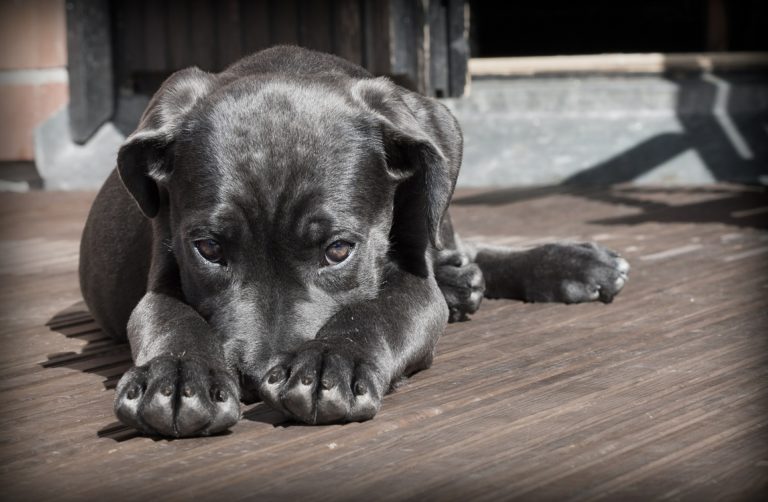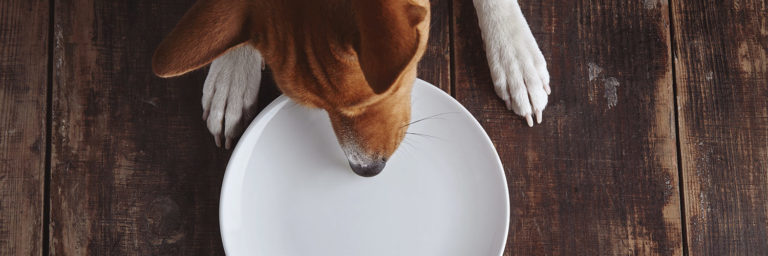Safe Car Travel with Your Dog
In our recent post about “8 Ways to Keep Your Dog Safe This Winter,” we discussed the importance of securing your dog in the auto, not just when on vacation but each and every time you drive with your dog in the car. As we mentioned, a safe dog travel study by Kurgo and AAA revealed that only 16 percent of dog lovers are restraining their dogs in the car.
Much like the days when moms let their children sit in their laps in the passenger seat, we’re in an era when our dogs are more likely to be running loose in the car rather than safely buckled or secured. As happened with children, though, opinions are beginning to change and more pet parents are realizing the importance—for both your dog and your human passengers—of securing your dog in the car.
And, as happened with child safety restraints, it is becoming law in a growing number of locations that all dogs be restrained in a car. Many other places are considering such regulations. However, it shouldn’t take a law to ensure safe practices in your own car, just common sense!
Ways to Secure Your Dog in the Car
Regardless of the size of your dog—or your auto, you’ll find a there are several options for securing your dog safely:
Small Dogs: Two of the most popular transport methods for small dogs are booster seats (with a clip to your dog’s harness) and carriers. Booster seats are popular because your dog gets a view out the window. Carriers make it easy to unload your dog on arrival. The carrier is buckled to the seat belt in case of a sudden stop.
Large Dogs: For many large dogs, car harnesses that buckle in place are the top option and one that works for most vehicles. (Many small dogs also use the buckling car harnesses.) For larger dogs, crates, also secured, provide a safe option in bigger vehicles.
Whichever restraint system you use, your canine passengers will be safest secured in the back seat area, just as with children.
Benefits of Securing Your Dog in the Car
Even if you’re just running your dog to the vet’s office or to the pet supply store, it’s a great idea to secure your dog in the car. (Remember: most accidents occur close to home!) With your dog secured in the car:
- Your dog is safer. If you should slam on the brakes or get hit, your dog is safer when restrained in the car.
- You are less distracted. Let’s face it: if your dog is bouncing around the car, you’re going to be turning to check on him. And we won’t even talk about what could happen if your dog suddenly dives down near the foot pedals.
- Your dog is less hazardous to your passengers. An unrestrained dog is a danger to all your passengers; Kurgo reports that an unrestrained 10-pound dog in a crash at only 30 mph will exert roughly 300 pounds of pressure. Make that an 80-pound dog, and you’re talking about 2,400 pounds of pressure in a 30 mph crash.
- Your dog is safer after an accident. Besides being safer in the event of a sudden collision, your dog is safer after an accident if emergency personnel should have to attend to you. Securing your dog keeps him from escaping in traffic if the door is opened and also allows emergency medical technicians to help you without fear of being bitten.
- Your dog can be unloaded safely. If your dog gets excited and wants to jump from the car on arrival, securing your dog can be a lifesaver. You’ll then unload your dog in an orderly, safe manner.
Safely restraining your dog—just like your small children—in the car keeps everyone safe on the road.







I have always locked past cats and my dog in the car. My cats were in secured belted carriers, and my dog is with the only time in the booster belted in her seat. I volunteer for a rescue on adoption events. I sometimes transport dogs to events, but never without harnesses secured to belts.
This way they are safe and used to being belted in the car.